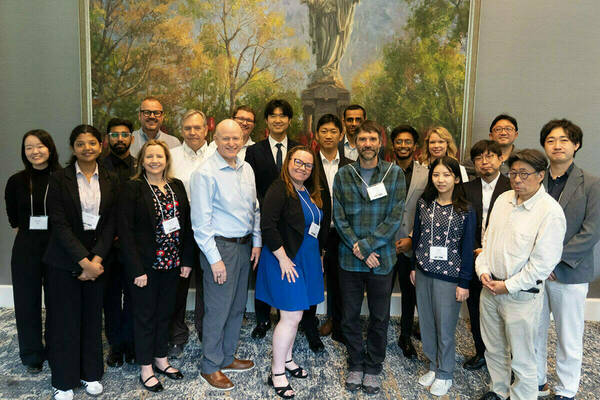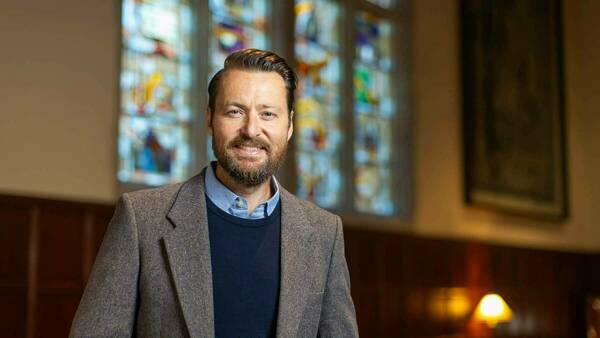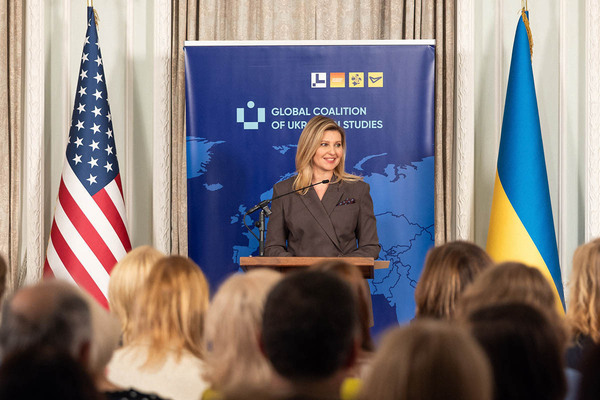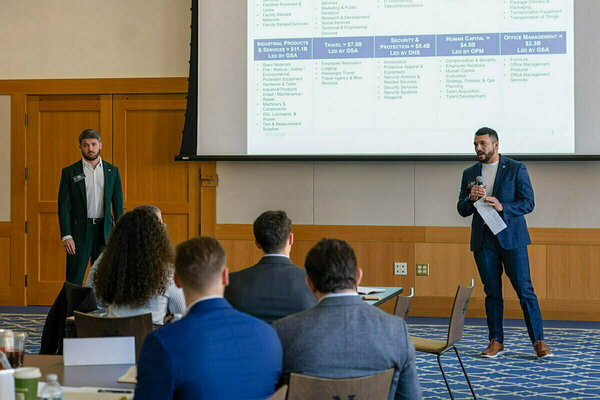iLocater receives $4.3 million in federal grant funding to advance its capabilities
The iLocater team was recently awarded a pair of grants that will significantly bolster iLocater’s planned scientific capabilities: a $2.7 million award from the National Science Foundation’s Major Research Instrumentation Program (MRI) as well as $1.6 million from NASA’s Astrophysics Research and Analysis (APRA) program.
Grants distributed from the NSF’s MRI program typically serve to increase access to multi-user scientific and engineering instrumentation for research and research training, while NASA’s APRA program is intended to support efforts to research new technologies and conduct feasibility demonstrations that may enable future science missions.
Overall, this support, which totals $4.3 million, will help improve broader exoplanet research at the Large Binocular Telescope (LBT) and advance the iLocater program at Ohio State and Notre Dame, the institutions who jointly lead the program. The NSF MRI program will deliver a cutting-edge calibration source called a Laser Frequency Comb to the LBT, offering improved precision for the iLocater and the PEPSI spectrographs. The NASA APRA program advances core technologies of single-mode fiber-fed instruments such as iLocater. It will also allow the instrument to make detailed measurements of the sun, said Jonathan Crass, the co-principal investigator of the iLocater program.
“iLocater is really the first optimized instrument of its type,” said Crass, who has spent a decade of his career working on the program. “We want to build new instruments with new technology so we can push the boundaries of science.”
Under development since 2013, iLocater will be a second-generation instrument for the LBT, whose research impacts span the full range of modern astrophysics. Notably, iLocater will take advantage of the telescope’s adaptive optics system to peer past the distorting blur of the Earth’s atmosphere to discover and characterize new exoplanets.
“These capabilities will effectively help build a more complete picture of how our solar system compares to other planetary systems in the Milky Way,” said Crass. “Bringing this instrument online is a great example of scientific evolution at work.”
Expected to last for at least a decade, iLocater will also work in tandem with spectrograph instruments at the Lowell Observatory and the Kitt Peak National Observatory to study the dynamics of our sun, effectively turning single gathered data points such as the sun’s wavelengths at different times of the day into a full daytime survey of solar activity.
“Between these three instruments, we’ll have a really strong science program and will provide unprecedented simultaneous observations and joined datasets to the research community,” said Crass.
One of the ways scientists are looking to ensure iLocater evolves with next-generation technologies is by educating and advising those in the field who are likely to become its caretakers over the course of their careers. To that end, funding from the awards will also strengthen efforts to increase public science outreach and engagement among future researchers, said Crass.
“I really look forward to this being a chance to train students and junior researchers in developing instruments as there are now fewer opportunities in this area than there used to be,” he said. “These big science-focused grants inspire people to get involved and think about ways to create something that’s capable of solving the science questions we’re asking.”
Adapted from the original article at https://news.osu.edu/astronomy-project-co-led-by-ohio-state-receives-43-million/
Originally published by at ilocater.nd.edu on September 23, 2024.
Latest Research
- Fighting for maternal healthThe United States has the highest maternal mortality rate of developed nations. An innovative postpartum care model from Notre Dame can save mothers around the globe. Read the story Originally…
- NSF Cyber SMART’s fall meeting shapes fifth year of project, legacy and future plans, and adds new memberThe U.S. National Science Foundation (NSF) Cyber SMART center gathered for its fall meeting on the University of Notre Dame campus this September. The meeting served as a checkpoint with progress reports and new projects from research leads and students…
- Slavic and Eurasian studies professor wins Humboldt fellowship to research how Russia’s religious past shapes its presentWhen Russia invaded Ukraine on Feb. 24, 2022, Sean Griffin realized his second book needed a new title. Griffin, an associate professor in the University of Notre Dame’s Department of…
- Notre Dame’s R.I.S.E. AI Conference builds interdisciplinary collaboration to inform human-centered artificial intelligenceAs artificial intelligence (AI) transforms nearly every sector of society — from healthcare and education to governance and global development — a critical question emerges: How can we conscientiously design and deploy these powerful technologies to positively impact society? This…
- University of Notre Dame joins the Global Coalition of Ukrainian StudiesThe University of Notre Dame has joined the Global Coalition of Ukrainian Studies after signing a Memorandum of Cooperation (MOC), formalized on September 24, 2025, at the Ukrainian Institute of America in New York City. Notre Dame joined four other American…
- The University of Notre Dame’s Mendoza College of Business and Industry Labs team up to inspire national security manufacturing competitiveness in the regionThe South Bend - Elkhart Region is full of manufacturing companies that are poised to grow, and Executive Master of Business Administration (EMBA) and Master of Business Administration (MBA) students at the University of Notre Dame are finding innovative ways to contribute to that growth. Earlier…













